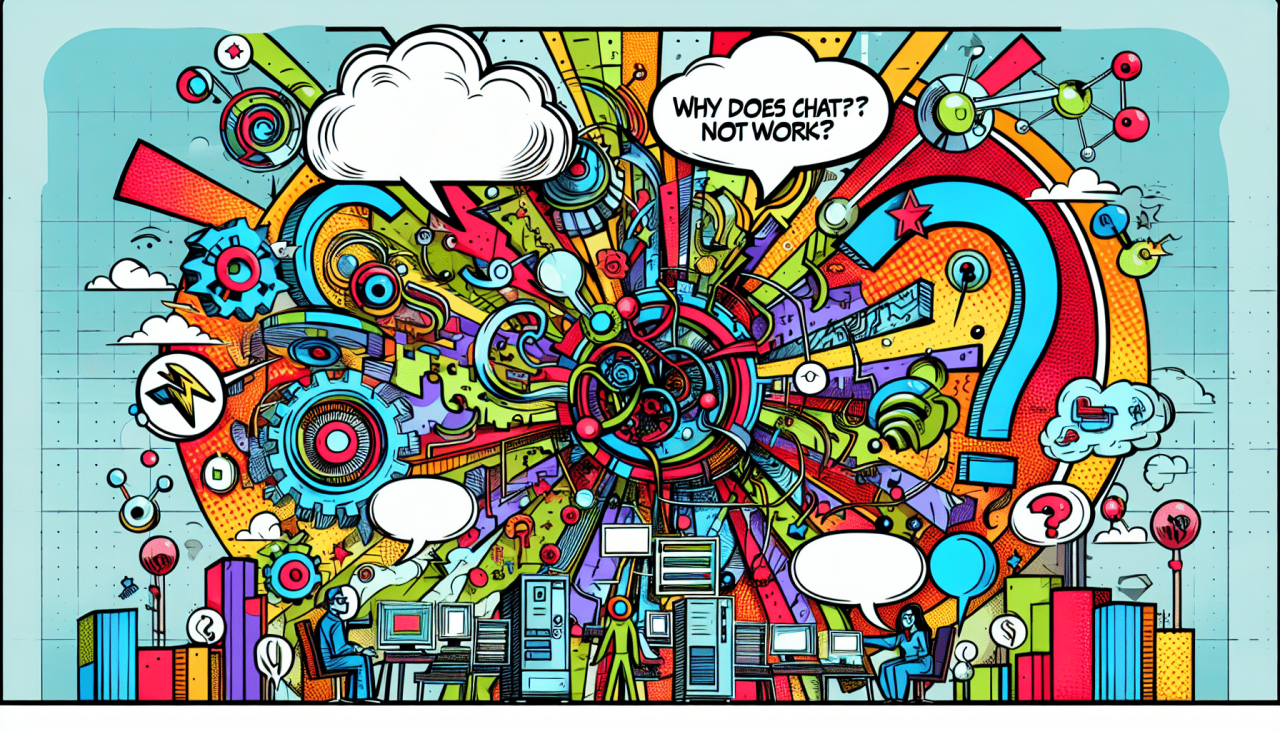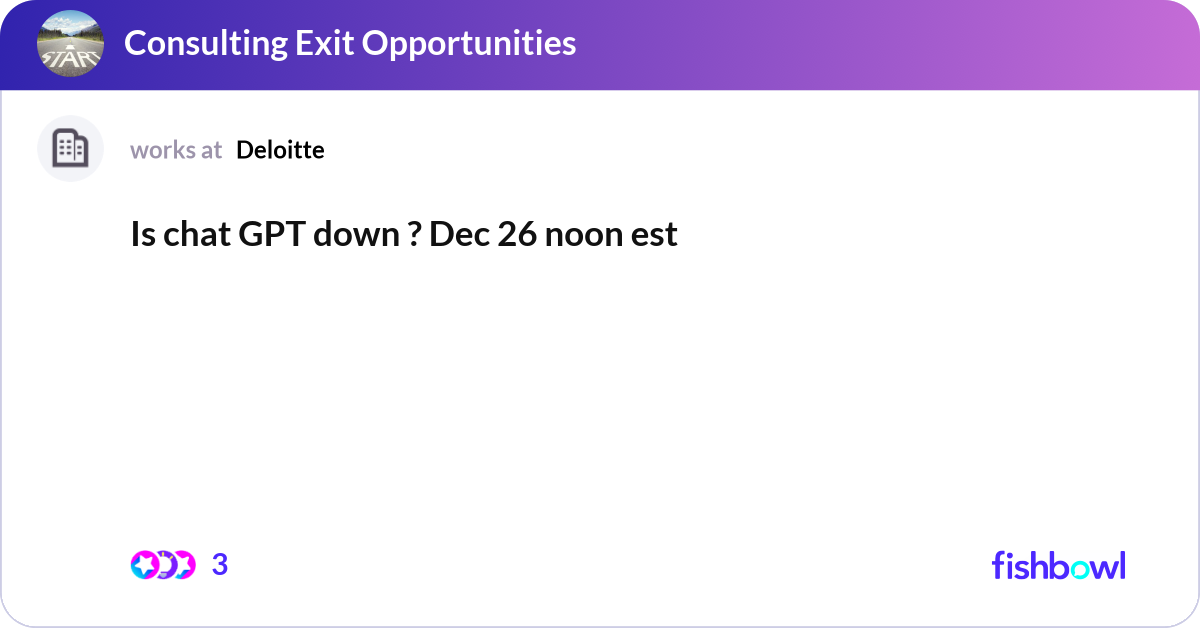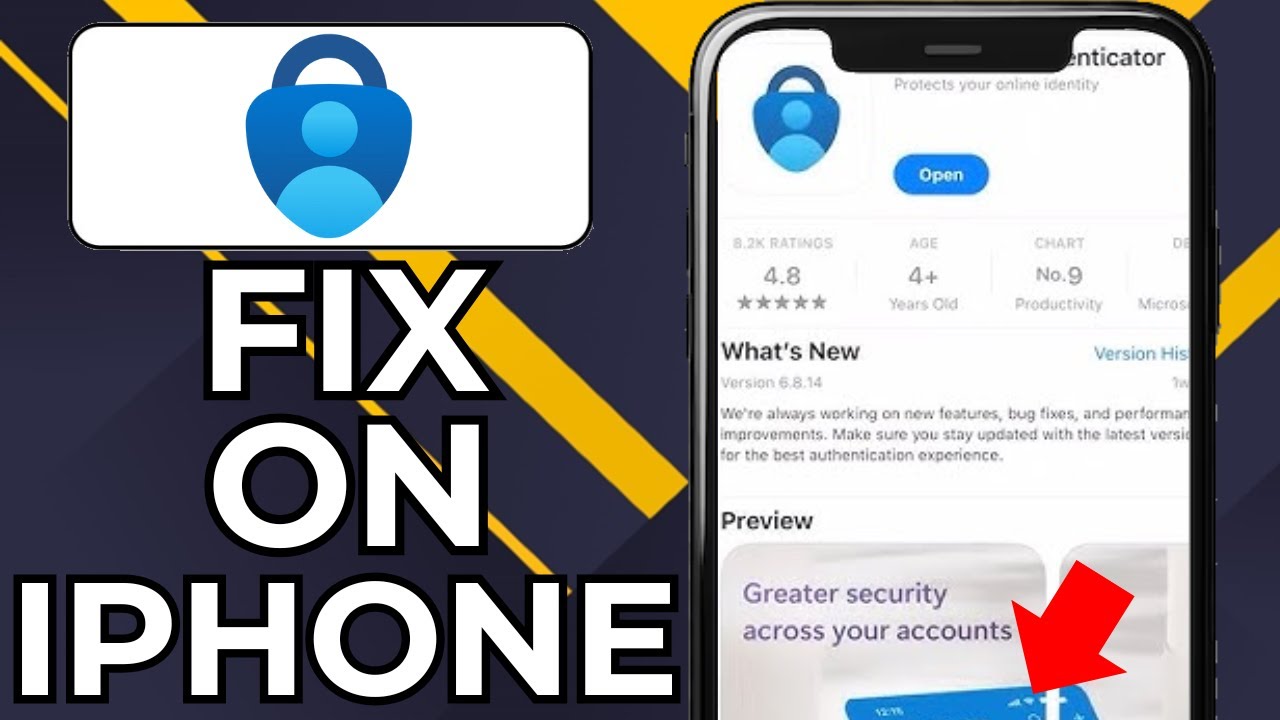Chatgpt down? – Kami Down? It’s a frustrating experience when a vital online service goes offline. This guide explores the common causes of service interruptions, their impact on users, and strategies for both troubleshooting and preventing future downtime. We’ll cover everything from identifying connection problems to understanding the ripple effects of outages across various applications.
From individual user experiences to the broader implications for system stability, we’ll dissect the reasons behind downtime and offer practical solutions to minimize disruptions. We’ll also delve into effective communication strategies for keeping users informed and maintaining a positive experience even during unexpected outages.
Kami Service Interruptions
Service interruptions are an unfortunate reality for any online service, including Kami. Understanding the causes, impacts, and mitigation strategies is crucial for both providers and users. This article explores various aspects of Kami downtime, providing insights into troubleshooting, user experiences, and communication strategies.
Potential Causes of Temporary Outages
Temporary outages can stem from various sources. These include server overload due to high user demand, software bugs leading to unexpected crashes, scheduled maintenance activities, network connectivity issues, and even external factors like power outages or cyberattacks. The complexity of the system means a single point of failure can cascade into widespread disruption.
Typical Duration of Service Disruptions
The duration of service disruptions varies greatly. Minor issues might be resolved within minutes, while more complex problems requiring extensive debugging and system restoration could last for hours or even days. Factors influencing duration include the root cause of the outage, the expertise of the technical team, and the availability of backup systems.
Troubleshooting Common Connection Issues
Users experiencing connection problems can follow these steps:
| Step | Expected Outcome | Potential Solutions | Notes |
|---|---|---|---|
| 1. Check your internet connection. | Stable internet connection. | Restart your router/modem, check your internet plan. | Ensure other devices can access the internet. |
| 2. Check Kami’s status page. | Information about ongoing outages. | Check for official announcements on social media or their website. | Look for scheduled maintenance announcements. |
| 3. Clear your browser cache and cookies. | Improved website loading speed. | Clear browser history and cookies in your browser settings. | This can resolve temporary glitches. |
| 4. Try a different browser or device. | Successful connection on alternative browser/device. | Test using a different browser (Chrome, Firefox, Edge) or device (computer, mobile). | This helps identify if the issue is browser or device specific. |
Troubleshooting Flowchart
A flowchart would visually represent the troubleshooting process, starting with checking the internet connection, then moving to the Kami status page, then clearing browser cache, and finally trying a different browser or device. If the problem persists after these steps, contacting support would be the next step.
User Reports and Feedback
During downtime, user reports provide valuable feedback. Analyzing these reports helps identify recurring issues and improve service reliability.
- Example User Experience: “I couldn’t access Kami for over an hour, impacting my work significantly.”
- Example User Experience: “I received an error message stating ‘Service Unavailable’.”
- Example User Experience: “The website was extremely slow and unresponsive.”
Categorization of User Reports
User reports can be categorized by issue type (e.g., connection errors, server errors, feature malfunctions), severity (e.g., minor inconvenience, significant disruption), and frequency (e.g., isolated incidents, recurring problems).
Impact on User Productivity and Workflows
Outages disrupt workflows and decrease productivity. For tasks relying heavily on Kami, downtime can lead to significant delays and lost productivity. The impact varies depending on the user’s reliance on the service.
Common User Complaints During Downtime
- Lack of communication from Kami.
- Lengthy downtime periods.
- Unclear error messages.
- Inability to access important information.
Impact on Applications and Services
Kami’s downtime can have ripple effects on dependent applications and services that integrate its functionality. Understanding these dependencies is critical for risk management.
Ripple Effects of Service Disruptions
If Kami is a core component of another application, its outage will directly impact the functionality of that application. For example, if a chatbot relies on Kami’s API, it will become unusable during downtime.
Potential Vulnerabilities Exposed During Downtime, Chatgpt down?

Downtime can expose vulnerabilities if not properly managed. For instance, inadequate security measures during downtime could lead to data breaches or unauthorized access.
Downtime Impact on Different User Groups

The impact of downtime varies across user groups. Heavy users experience more significant disruptions compared to occasional users. Businesses relying on Kami for critical operations face greater economic consequences.
System Stability and User Satisfaction
A bar chart comparing system uptime percentages with corresponding user satisfaction scores would visually demonstrate the strong positive correlation between system stability and user satisfaction. Higher uptime generally leads to higher satisfaction scores.
Communication Strategies
Effective communication is vital during service interruptions. Proactive and transparent communication minimizes user frustration and maintains trust.
ChatGPT down? It’s frustrating when AI tools go offline, especially when you need them. Maybe the outage is related to current events, like the recent news on a drone attack russia , which might be straining global networks. Whatever the reason, let’s hope ChatGPT is back up soon!
Effective Communication Protocols
Establish clear communication channels (e.g., website, social media, email) and create pre-written templates for outage announcements and updates. Regular updates are essential to keep users informed.
Sample Social Media Posts
Example: “We are currently experiencing a service interruption with Kami. We are working to resolve the issue as quickly as possible and will provide updates.” Example: “Kami is back online! Thank you for your patience.”
Proactive Communication Strategies
Proactive communication, such as sending out alerts before scheduled maintenance, reduces unexpected disruptions. Regular newsletters and updates can foster transparency and build user trust.
ChatGPT down? Bummer, but hey, while you’re waiting, maybe check out this cool site about drone in Paris – it’s got some amazing footage. It might distract you from the ChatGPT outage and give you something interesting to watch. Hopefully, ChatGPT will be back online soon though!
Importance of Transparent and Timely Communication
Transparency and timely communication are paramount during a service disruption. Honest and accurate updates build trust and mitigate negative impacts.
ChatGPT down? Bummer! If you’re stuck without it, and need to get some work done, check out the wifi options on the ferry – the quality can vary, so see what’s up with the bc ferries wifi before you board. Hopefully, ChatGPT will be back online by the time you reach your destination!
Mitigation and Prevention: Chatgpt Down?

Preventing future disruptions requires a multi-faceted approach focusing on system resilience, scalability, and proactive maintenance.
Methods for Preventing Future Service Disruptions
Implement robust monitoring systems, conduct regular stress tests, diversify infrastructure, and invest in redundant systems to minimize single points of failure.
Improving System Resilience and Scalability
Invest in cloud-based infrastructure, employ load balancing techniques, and implement auto-scaling to adapt to fluctuating user demand. Regular code reviews and security audits are crucial.
Key Performance Indicators (KPIs)

Monitor KPIs such as uptime, response time, error rates, and resource utilization. These metrics provide insights into system health and identify potential issues before they escalate.
Importance of Regular System Maintenance and Updates
Regular maintenance, including software updates and security patches, is vital for preventing vulnerabilities and ensuring optimal performance. Proactive maintenance minimizes the risk of unexpected outages.
Outcome Summary
Dealing with service interruptions is inevitable in the digital world, but understanding the causes and implementing proactive measures can significantly reduce their frequency and impact. By combining effective troubleshooting techniques, robust communication strategies, and a focus on system resilience, we can minimize downtime and ensure a smoother, more reliable user experience. Remember, proactive maintenance and clear communication are key to navigating these challenges successfully.
Essential FAQs
What should I do if I suspect the service is down?
First, check your internet connection. If that’s fine, try refreshing the page or restarting your device. If the problem persists, check the service’s official social media or support pages for updates.
How long do outages typically last?
This varies greatly depending on the cause. Minor issues might be resolved in minutes, while major problems could take hours or even days.
Why are outages happening?
Outages can stem from various sources including server issues, network problems, planned maintenance, or even cyberattacks.
What information should I provide when reporting an outage?
Include details like the time of the outage, the specific error messages you received, and the device and browser you were using.
